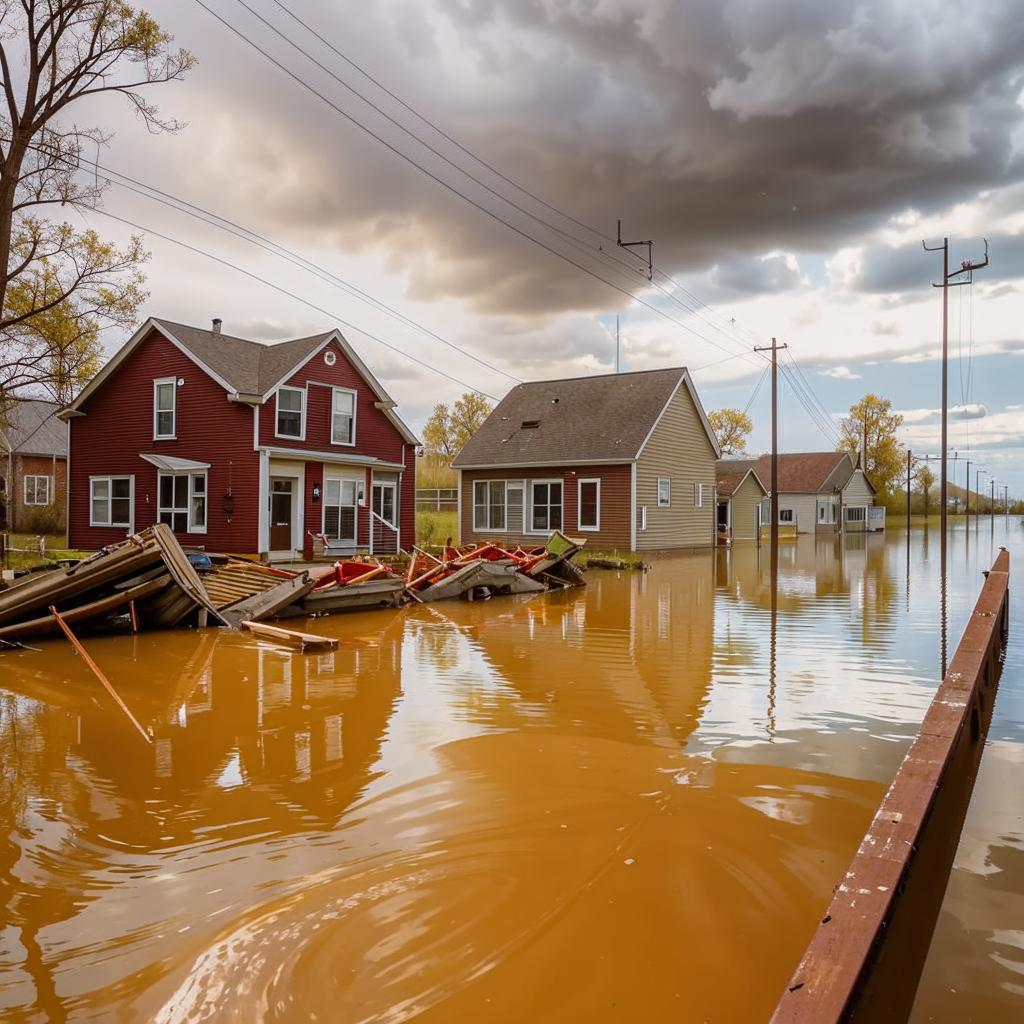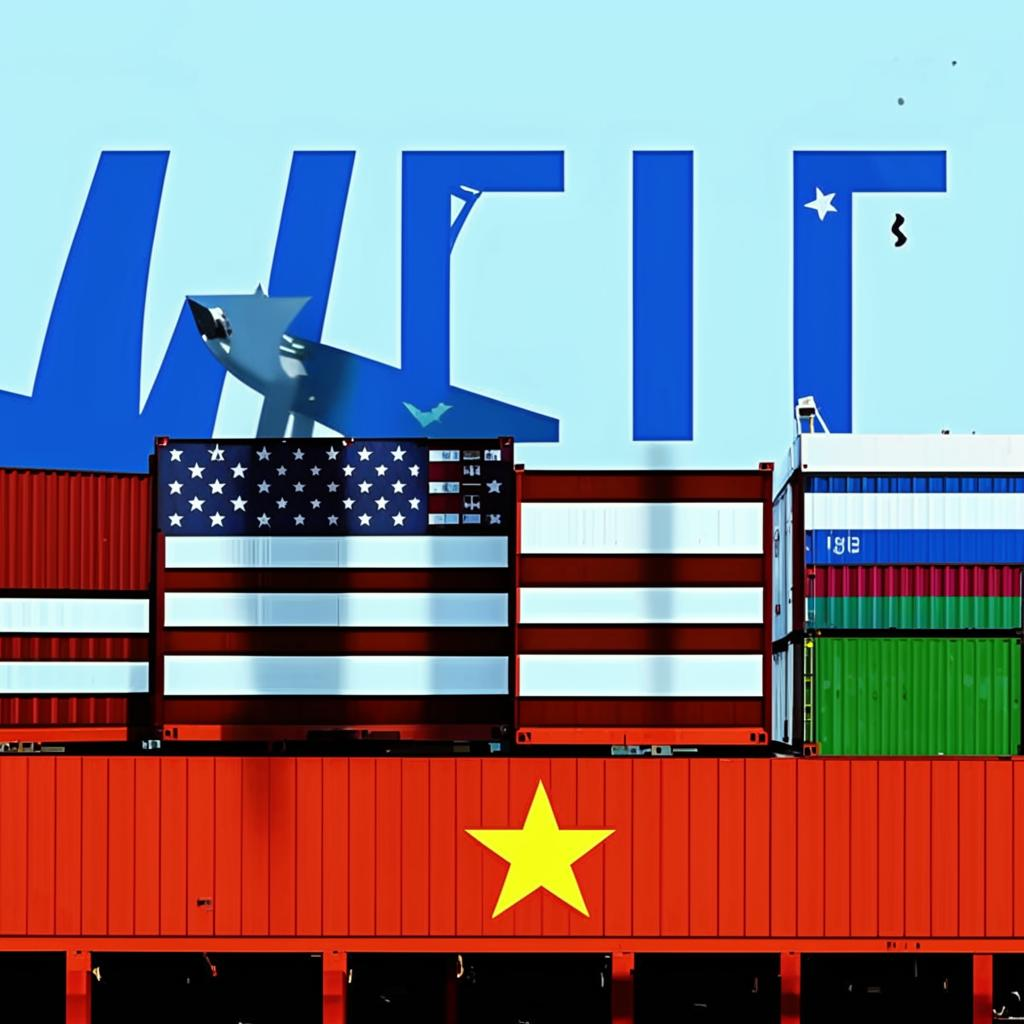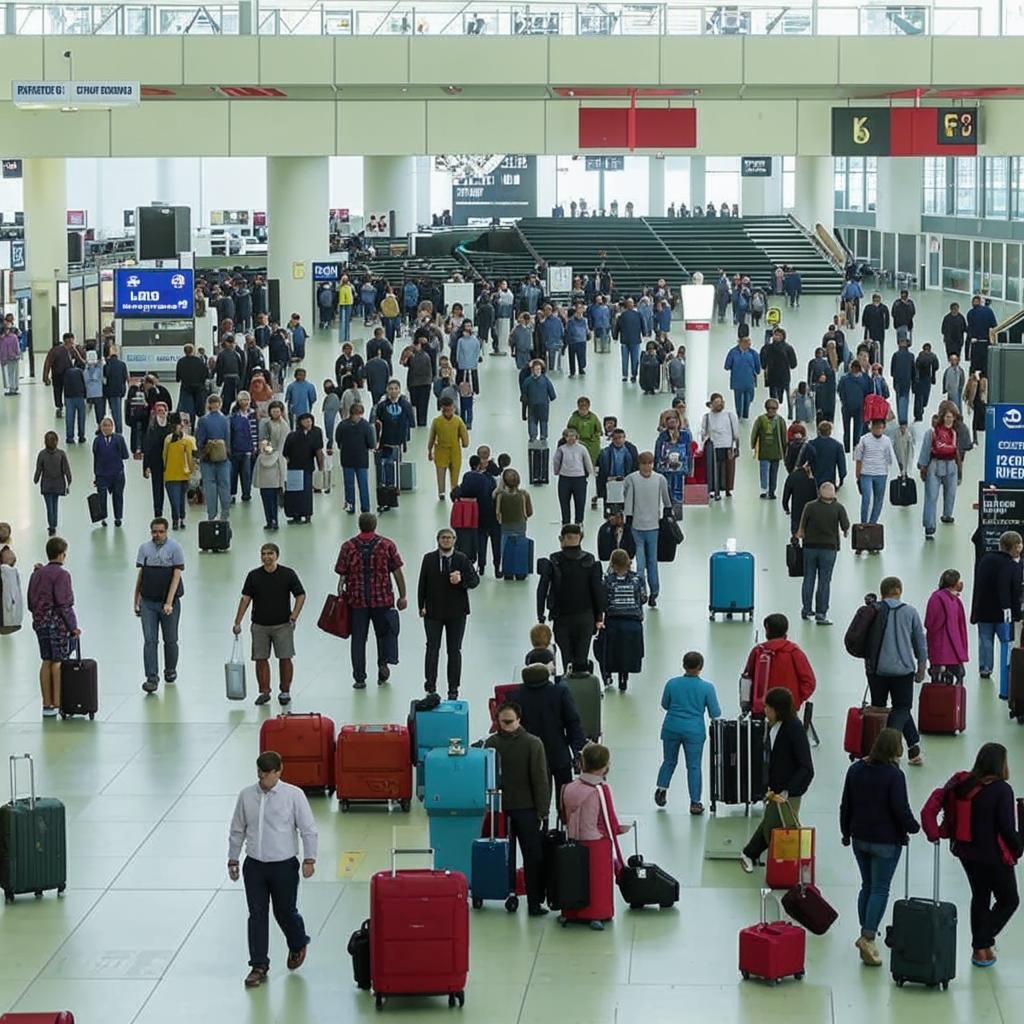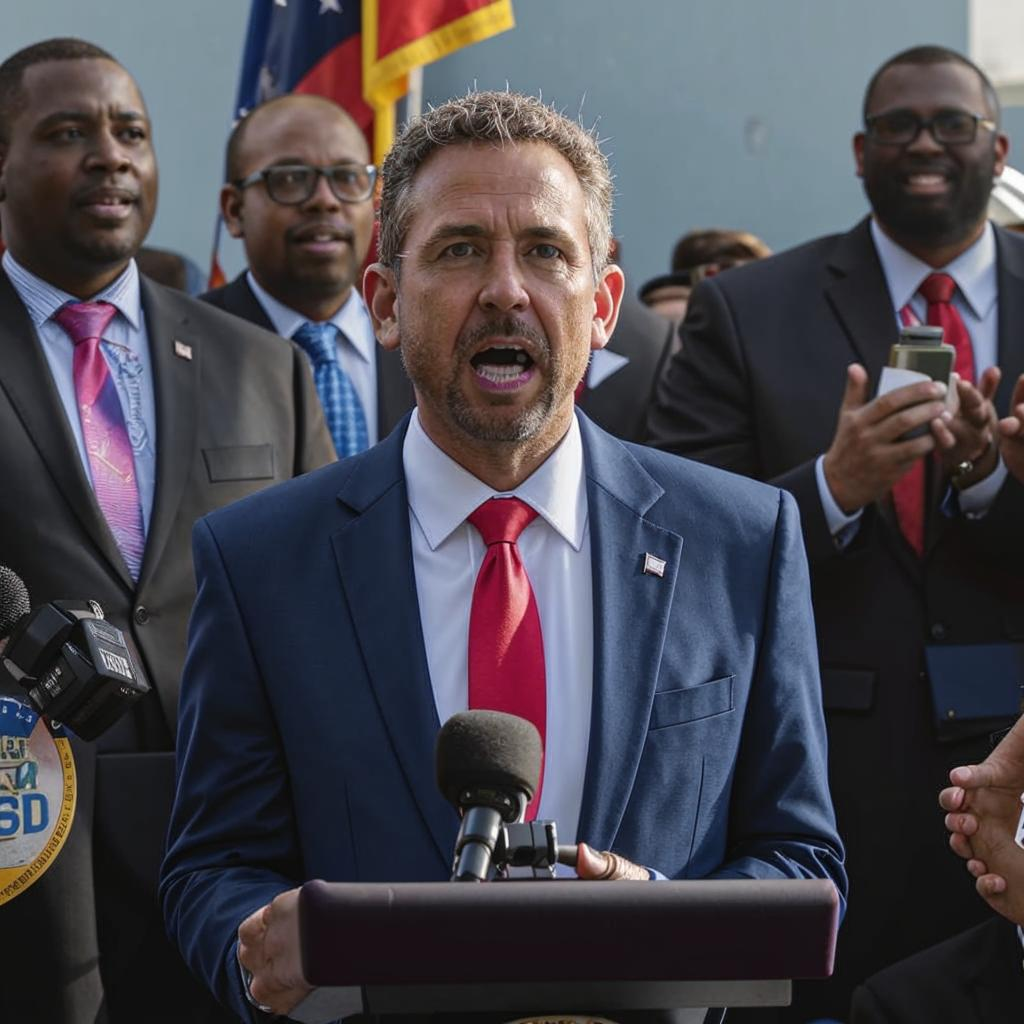The American Midwest is grappling with the aftermath of a series of severe storms that have left a trail of destruction across multiple states. Intense rainfall led to widespread flooding, inundating homes, businesses, and farmland. Strong winds toppled trees, downed power lines, and caused structural damage to buildings. The immediate impact includes displaced residents, disrupted infrastructure, and significant economic losses for local communities.
Emergency services are working tirelessly to rescue those stranded by floodwaters and restore essential services. The long-term recovery process is expected to be lengthy and costly, requiring substantial government and private sector investment.
Beyond the immediate crisis, the events have reignited concerns about the escalating effects of climate change. Experts point to the increasing frequency and intensity of extreme weather events as a direct consequence of rising global temperatures. The Midwest, with its vital agricultural sector, is particularly vulnerable to these changes.
The storms serve as a stark reminder of the need for proactive measures to mitigate climate change and build more resilient infrastructure. This includes investing in flood control systems, upgrading power grids, and developing sustainable agricultural practices. Adapting to a changing climate is no longer a future challenge; it is a present-day imperative for the Midwest and the entire nation. Further, it has sparked discussions about insurance coverage, disaster relief funding, and the responsibility of individuals and communities in preparing for future events. The scale of the damage underscores the interconnectedness of climate change, infrastructure, and community well-being.















